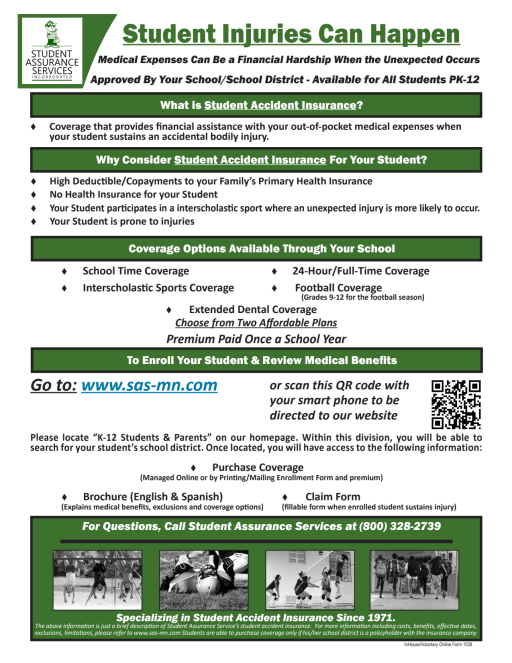
School should be a safe and nurturing environment for children to learn and grow. However, accidents can happen, and it’s important to understand what happens if your child gets hurt at school. Most schools carry comprehensive insurance policies designed to protect students from unexpected injuries. These policies aim to cover medical expenses and potential legal liabilities arising from accidents that occur on school grounds.
This article will delve into the specifics of school insurance, outlining the types of coverage typically provided, the process for reporting injuries, and the steps you should take to ensure your child receives the necessary medical attention and support.
School Injuries
School injuries can range from minor scrapes and bruises to more serious incidents involving broken bones, concussions, or even traumatic brain injuries. These injuries can occur during various school activities, including:
- Physical education classes
- Sports practices and games
- Playground activities
- Classroom accidents
- Field trips
It’s crucial to remember that even seemingly minor injuries should be reported to school officials immediately. Prompt reporting allows for proper medical evaluation and documentation, which can be essential in navigating insurance claims and ensuring your child’s well-being.
Insurance Coverage

Do schools have insurance for injuries? The answer is generally yes. Most schools are required by law to carry liability insurance that covers injuries sustained by students on school property. This insurance typically includes:
Medical Payments Coverage: This coverage pays for medical expenses incurred by students as a result of injuries sustained on school grounds, regardless of fault.
Bodily Injury Liability Coverage: This coverage protects the school from financial responsibility if a student is injured by another student or school employee.
Property Damage Liability Coverage: This coverage protects the school from financial responsibility if a student’s property is damaged on school grounds.
The specific details of a school’s insurance policy can vary depending on the school district, state regulations, and the insurance provider. It’s always a good idea to contact your child’s school directly to inquire about their specific insurance coverage.
Reporting Injuries
If my kid gets hurt at school who pays? The school’s insurance will likely cover the expenses, but the first step is to report the injury promptly. Here’s what you should do:
Seek Medical Attention: If your child is injured, ensure they receive immediate medical attention. This may involve contacting the school nurse, calling 911, or taking your child to a doctor or hospital.
Notify School Officials: Inform the school principal, teacher, or designated staff member about the injury as soon as possible. Provide them with all relevant details, including the date, time, location, and nature of the injury.
Complete an Incident Report: The school will likely have an incident report form that needs to be filled out. This form will document the details of the injury and help initiate the insurance claims process.
Keep Records: Maintain detailed records of all medical expenses, communication with the school, and any other relevant documentation related to the injury.
Medical Expenses

School insurance typically covers a wide range of medical expenses incurred as a result of injuries sustained on school grounds. This can include:
- Doctor’s visits
- Hospital stays
- Emergency room treatment
- Surgery
- Prescription medications
- Physical therapy
- Mental health counseling
The specific coverage limits and deductibles will vary depending on the school’s insurance policy. It’s important to review your child’s school’s insurance policy or contact the insurance provider directly to understand the extent of coverage for medical expenses.
Legal Liabilities
In addition to covering medical expenses, school insurance also protects the school from potential legal liabilities arising from student injuries. This means that if a student is injured on school grounds and sues the school, the insurance policy will likely cover the school’s legal defense costs and any potential settlements or judgments.
It’s important to note that school insurance does not cover all types of legal liabilities. For example, if a student is injured due to the negligence of a school employee, the school’s insurance may not cover the damages if the employee was acting outside the scope of their employment.
Conclusion
School injuries are a common occurrence, but it’s important to remember that most schools have comprehensive insurance policies in place to protect students. By understanding the types of coverage provided, the process for reporting injuries, and the steps to take to ensure your child receives proper medical attention, you can help navigate these situations effectively and protect your child’s well-being. Always communicate openly with school officials and seek legal advice if you have any concerns or questions about your child’s injury or insurance coverage.
